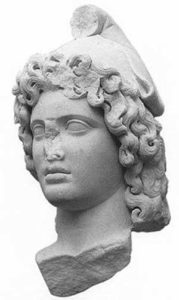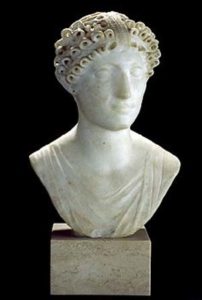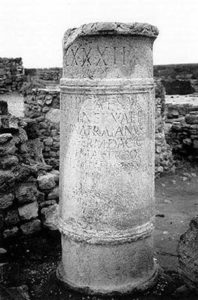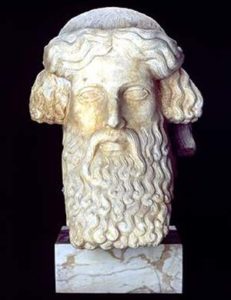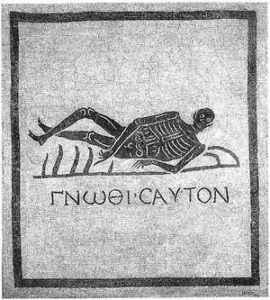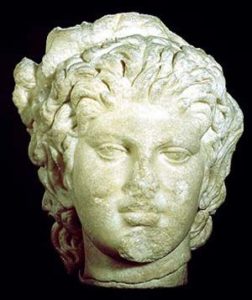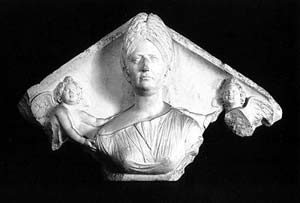Via Appia, on the ruins of ancient magnificence
Promoted by the Archaeological Superintendence of Rome with the collaboration of the Vatican Musuem, and the Sovraintendenza ai Beni Culturali of the Municipality of Rome, Soprintendenza Archeologica of Puglia, Pontificia Commissione di Archeologia Sacra and the Fondazione Memmo Rome
February 05 1997 / June 29 1997
Palazzo Ruspoli (30,000 visitors)
Lecce – Palazzo Memmo
Catalogue – Leonardo Arte
- Attis – Marmo bianco, senza venatura
- Busto con ritratto femminile – marmo bianco
- Colonna miliare – Calcare
- Erma di Dioniso – Marmo bianco
- Mosaico con scheletro e iscrizione greca
- Testa di satiro – marmo bianco
- Timpano con ritratto di Claudia Semne – Marmo bianco
- Urna bisoma decorata con iscrizione – marmo bianco
The exhibition “Via Appia, on the ruins of ancient magnificence” is an initiative of the Archaeological Superintendence of Rome, firstly presented at Fondazione Memmo in Palazzo Ruspoli in Rome and later at Palazzo Memmo in Lecce.
The Ancient Appian Way, constructed by Appius Claudius in 312 B.C., earned the title of the “queen of roads” due to its recognition as one of the most important public roads in ancient times. It connected Rome to the Mediterranean through the port of Brindisi, serving as a route for goods from Africa, Egypt, the East, and Greece.
The exhibition specifically delves into the Roman Appian Way and the Apulian Appian Way, aiming to showcase this route as a singular and extraordinary archaeological monument spanning all southern Italy.
In the first exhibition section, which explores the Roman Appian Way, sculptures from tombs and columbaria, along with sculptural groups adorning large imperial residences, are exhibited on the first floor of Palazzo Ruspoli.
The documentation highlighting the Christian Appian Way holds extraordinary value. The Pontifical Commission for Sacred Archaeology presents, for the first time, a plastic reconstruction of the cross-shaped basilica recently excavated on the Ardeatine Way, thereby changing and renewing knowledge of early Christian presence and subsequent developments from the 4th to the 8th century.
In the second exhibition section, the Apulian Appian Way is introduced with the presentation of the fifth Horace’s Satire, narrating Horace’s journey along the Ancient Appian Way from Rome to Brindisi.
The documentation regarding the Appian Way in Apulia encompasses Canosa, Egnazia, and the port of Brindisi. A series of artifacts discovered in the port provide evidence of ancient trade.
Major archaeological sites are complemented by illustrations from painters who, over the centuries, have depicted this surprising and extraordinary source of works of art, highly coveted by antiquarians.
Following the idea suggested by Canova to Napoleon, namely the creation of a large archaeological park from the Capitol to the Roman Castles, numerous laws have been enacted, and nearly a century ago, the Archaeological Walk was realized.
Today, the comprehensive issue of preserving and restoring the entire Appian Way area needs to be addressed.

